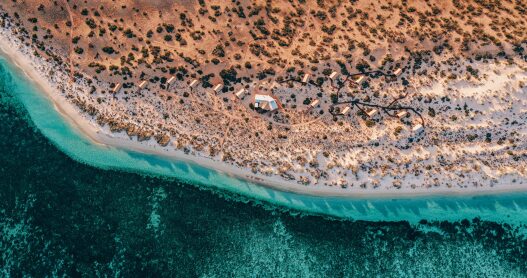Overview
Can’t miss things to do in Tasmania
Hobart, Tasmania’s picturesque capital city, unfolds between the Derwent River and Mount Wellington. It offers such highlights as the enormous Salamanca Market and the famous Museum of Old and New Art (MONA).
Launceston is the second-largest city; it sits at the entrance to the Tamar Valley wine region, which makes for a lovely day trip.
The main reason people come to Tasmania, however, is nature. Cradle Mountain is the state’s most popular peak as well as the starting point for the 40-mile Overland Track. Bruny Island is known for oysters, cheese, and scenic coastlines; the Freycinet Peninsula is home to the gorgeous crescent of sand that is Wineglass Bay; and Maria Island is one of the best places to experience Tasmania’s unique wildlife.
Food and drink to try in Tasmania
Isolation from mainland Australia has made Tasmania self-reliant and sustainable when it comes to food and drink. Tasmania has long been known for apples and pears, and a resurgent cider industry is reviving these crops. The state also produces some of the country’s finest seafood, meat, dairy, wine, and single-malt whiskey, and newer Tasmanian products to look out for include saffron, cherries, and blueberries. Like the rest of Australia, Tasmania has a thriving café culture, marked by a strong focus on local and organic ingredients. Memorable meals can be enjoyed in the cities as well as the bush, and a growing number of cooking schools are sharing state secrets with travelers from around the world.
Outdoor Adventure
First settled by convicts and then followed by whalers, miners, and now artists, mountaineers, and foodies, Tasmania (originally dubbed Van Diemen’s Land) is adventurous, prospecting, creative, and sometimes irreverent. Since much of the state is undeveloped wilderness, there’s a huge outdoor scene fueled by trekkers, mountain bikers, kayakers, and rafters. Fishing, yachting, and sailing are also popular pursuits, and the Sydney to Hobart Yacht Race is one of the biggest cups in sailing. Artisan foods, drinks, and crafts have taken over the state in recent years, and the Museum of Old and New Art has spurred something of an artistic awakening. Still, Tasmania remains as laid-back and welcoming as it is inspiring.
Culture in Tasmania
Tasmanians are resourceful and creative, and it shows in their food products and crafts as well as their fashion and accessories. On Saturday in Hobart, don’t miss the Salamanca Market—one of the largest outdoor markets in Australia—or the cutting-edge summer crafts market at the MONA museum. The Harvest farmers’ market in Launceston is another nice Saturday out. The Salamanca Arts Centre in Hobart features artist studios and boutiques ranging from the Rosalie Malham jewelry shop to the Bruny Island Cheese Co. From late October through early November, the town of Deloraine, southwest of Launceston, hosts one of the largest craft fairs in Australia.
Practical Information
- Summer (December to March) offers the best weather in Tasmania, though new events such as Dark Mofo are giving travelers good reasons to brave the winter.
- Direct flights to both Hobart and Launceston run from Sydney, Melbourne, and Brisbane, and the Spirit of Tasmania ferry travels overnight from Melbourne to Devonport.
- Once you arrive in Tasmania, it’s recommended that you rent a car—just remember to drive on the left side of the road.
- As in mainland Australia, English is the official language, and the currency is the Australian dollar.
- Tipping is not customary unless you receive standout service.







